How to track LinkedIn Ads in Microsoft Dynamics in just 4 steps
Want to know how many leads, opportunities and customers you're getting from your LinkedIn Ads? We'll show you how in this post.
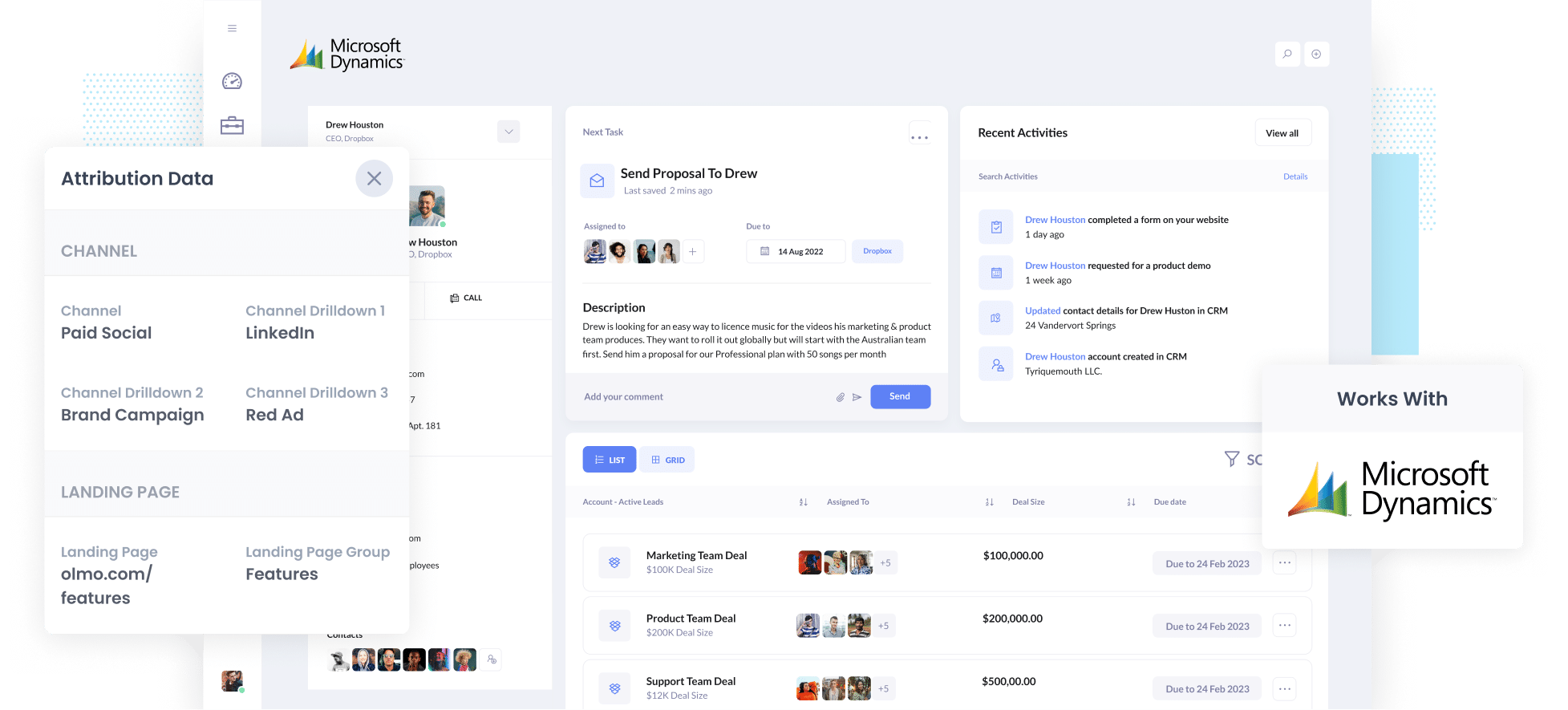
For B2B businesses, LinkedIn Ads are a great way to promote products, generate leads and attract customers.
Linkedin's ad targeting options are extensive, allowing you to segment people by industry, job title, seniority and more. All things you can't do in other ad networks like Facebook Ads.
However, LinkedIn ads can be expensive so it's important to understand if they're delivering leads and customers - not just site visits or clicks.
In this blog, I'll show you how to use a simple tool called Attributer to track how many leads and customers you get from your LinkedIn Ads right from inside Microsoft Dynamics.
4 steps for tracking LinkedIn Ads in Microsoft Dynamics
Tracking the leads and customersgenerated by your LinkedIn Ads in Microsoft Dynamics is easy with Attributer. Here's 4 steps to get it going:
1. Install Attributer on your website

Attributer is a small bit of code you add to your website which tracks where your visitors are coming from and passes this information into Microsoft Dynamics when they submit a form on your website.
Installing on your website just means adding the little piece of code you get sent after you start a free 14 day trial (instructions on how to add it can be found here).
Once you've added the code, the next step is to include a series of hidden fields to your forms, including:
- Channel
- Channel Drilldown 1
- Channel Drilldown 2
- Channel Drilldown 3
- Channel Drilldown 4
Attributer works with multiple form builders (including Dynamics Marketing Forms, Gravity Forms, Webflow Forms, Typeform and more). I've put together a step-by-step guide for dozens of form builders which can be found here.
2. Add UTM parameters to your ads
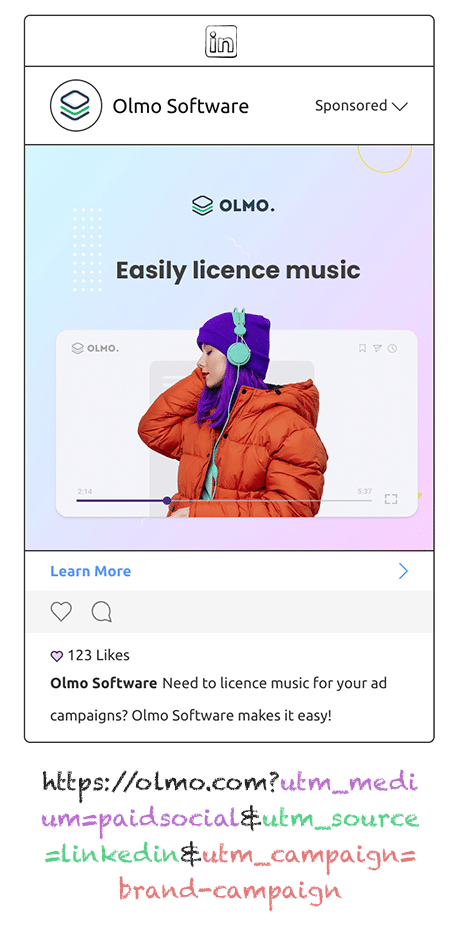
Step two is adding UTM parameters to your LinkedIn Ads.
Unsure what UTM parameters are? No worries! They are basically extra bits of text that you add to the end of the URL you are sending people to from your campaigns.
Still unsure? Well if the page you are sending someone to is attributer.io/integrations/microsoft-dynamics then your final URL (with UTM parameters) might look like this:
attributer.io/integrations/microsoft-dynamics?utm_medium=paidsocial&utm_source=linkedin&utm_campaign=brand-campaign
These UTM parameters help analytics tools like Attributer (and others) understand where the lead came from, which campaign it was, what ad they clicked, etc.
3. LinkedIn Ads data is sent to Microsoft Dynamics
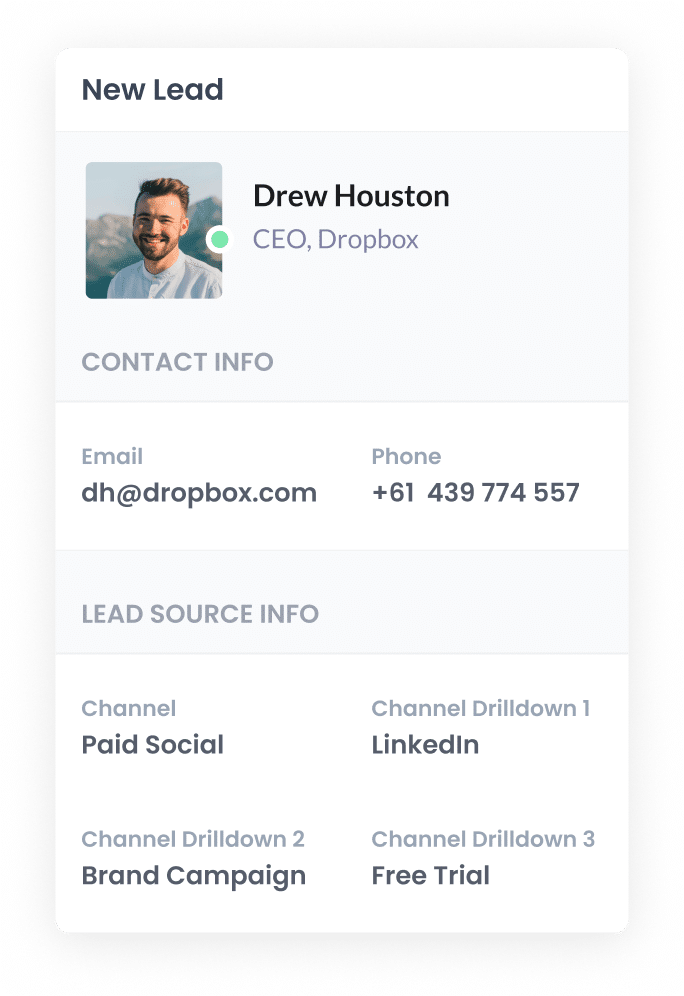
Once Attributer is set up and UTM parameters have been added to your ads, Attributer will start tracking where your website visitors are coming from (including those from your Instagram Ads).
It then categorizes each visitor into a series of channels (like Paid Social, Paid Search, Organic Search, etc) and stores the information in a cookie in the visitor's browser.
Here's where the magic happens: When that visitor completes a form on your website, Attributer will write the information on where they came from into the hidden fields and it is then captured by your form tool.
Now the data can then be sent into Microsoft Dynamics along with the lead's name, email, company and any other information you capture in your forms.
4. Run reports to see which ads are performing
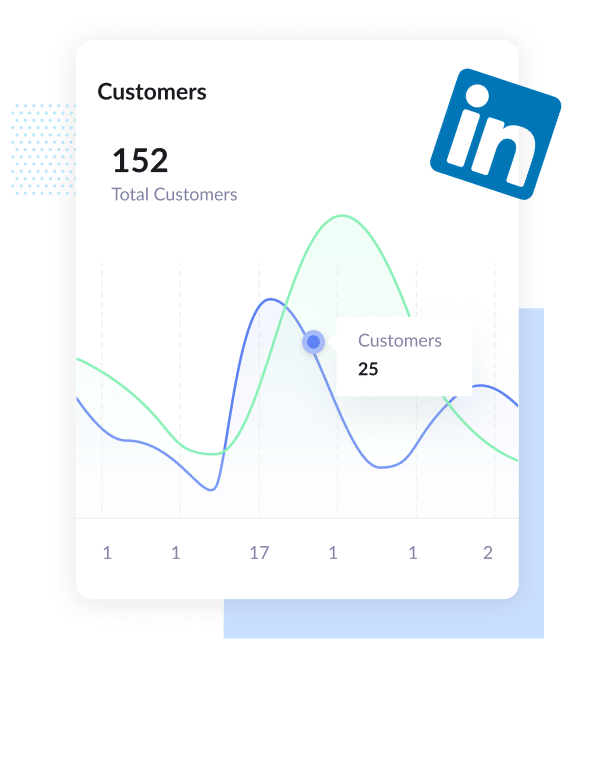
Now that you have LinkedIn Ads data inside Dynamics, you can use it to run reports to see what's delivering the best ROI. You can do this in either Microsoft's native reporting tools, or in a reporting tool you have connected to Dynamics (such as Tableau, Microsoft Power BI, Looker, etc.)
With this data you can now run reports that show you the number of leads you receive from your LinkedIn Ads, which campaigns are generating the most leads, what's the conversion rate from lead to opportunity, what's the close rate, how much revenue has been generated, etc.
What is Attributer and why use it?
Attributer is a piece of code you add to your website which tracks where your leads or customers are coming from and writes the data into hidden fields you add to your forms. When the form is submitted, this data is captured by your form tool and can be sent to Microsoft Dynamics.
So for example, if you were running marketing activities for a company that provides lawn maintenance and someone clicked one of your ads, it would pass through the following information (depending on what you put in the UTM parameters):
- Channel: Paid Social
- Channel Drilldown 1: LinkedIn
- Channel Drilldown 2: Lawn Campaign (or the specific campaign name)
- Channel Drilldown 3: Green Ad (or whatever ad creative they clicked on)
Heree's why Attributer is the best way to track your LinkedIn Ads in Microsoft Dynamics:
- Captures attribution information - As well as passing through LinkedIn Ads data, Attributer also captures information on leads who arrive on your site through other channels like Paid Search, Organic Search, Organic Social, Referral, or Direct.
- Remembers the data - Attributer stores the UTM parameters in a cookie in the user’s browser, so even if a visitor leaves your site and returns, the UTM parameters will always be passed through.
- Cleans the data - Attributer was built to expect data inconsistencies in UTM usage, such as using utm_source=linkedin in some campaigns and utm_source=LinkedIn in others. It knows to assign these leads to the correct channel (Paid Social in this case) regardless of these discrepencies.
4 example reports you can run when you track your LinkedIn Ads in Microsoft Dynamics
Before launching Attributer, I ran marketing and analytics teams at a variety of technology companies for more than 15 years.
Over the years, I've spent more than $1 million in ads on LinkedIn and other social networks. I also spent countless hours running reports to see how those ads were performing.
Here are a few of the reports I found useful:
1. Leads by channel

The above chart shows the number of leads you get each month broken down by the channel they came from. It is a great way to get a high level view of where your leads are coming from and where you should be focused to grow.
For instance, if you see that the majority of your leads are generated by Organic Search (like in the chart above) but you're spending most of your budget on LinkedIn Ads, then it might be time to switch that strategy.
2. Opportunities by network
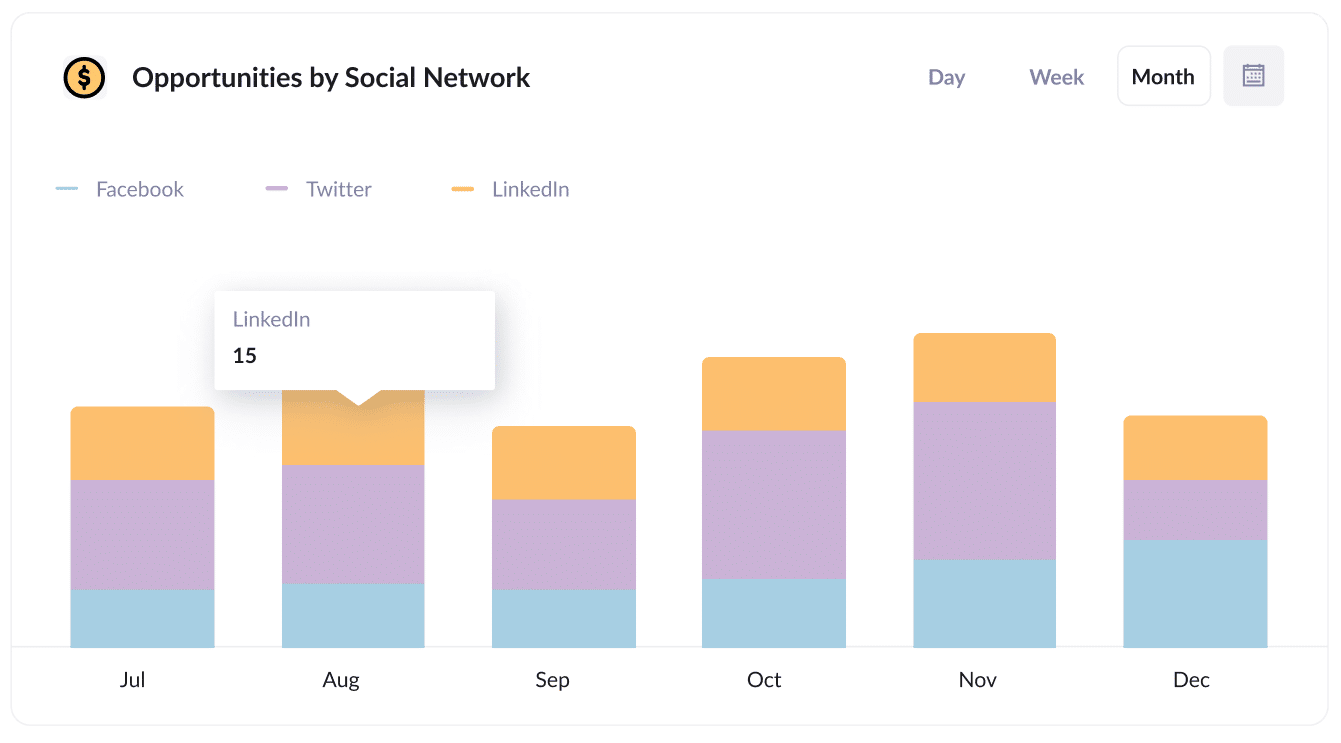
If you're running LinkedIn Ads to promote your business, then it's likely you're also running ads on other platforms too - think Facebook, Instagram or Twitter.
If that sounds like you, then this report can be very helpful. It shows how many customers you get from your ads on each network and can help you understand where to focus your budget to get the best ROI.
3. Customers by campaign

This customer by campaign chart shows you the number of customers you get from the various LinkedIn Ads you are actively running.
It can help you better understand which of your campaigns are delivering customers to your business (as opposed to just bringing visitors or leads that don't convert).
4. Revenue by ad

This revenue by ad chart shows you how much revenue is being generated by each of the ads you are running on LinkedIn.
It can help you understand which of your creatives are attracting the kind of leads that ultimately become customers, and can help you improve your ad creative over time.
Wrap up
If you want to track the number of leads, customers and the amount of revenue you are getting from your LinkedIn Ads, then Attributer is a great solution.
Attributer enables you to see the exact source of every lead, right down to the exact campaign, ad set, or ad they clicked. It also allows you to see it in your existing tools (I.e. Microsoft Dynamics) rather than having to learn a new tool.
It's free to get started and only takes about 10 minutes to set up. So start a free 14-day trial of Attributer today to see how it can help you!
Get Started For Free
Start your 14-day free trial of Attributer today!

About the Author
Aaron Beashel is the founder of Attributer and has over 15 years of experience in marketing & analytics. He is a recognized expert in the subject and has written articles for leading websites such as Hubspot, Zapier, Search Engine Journal, Buffer, Unbounce & more. Learn more about Aaron here.
